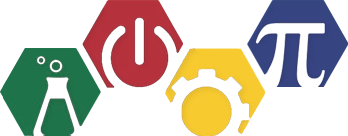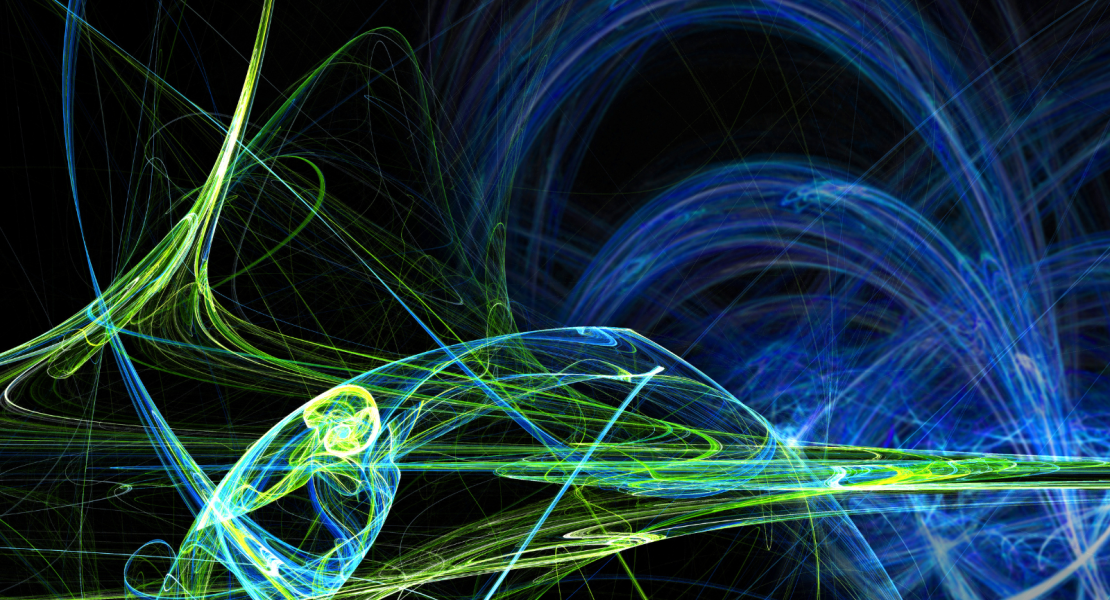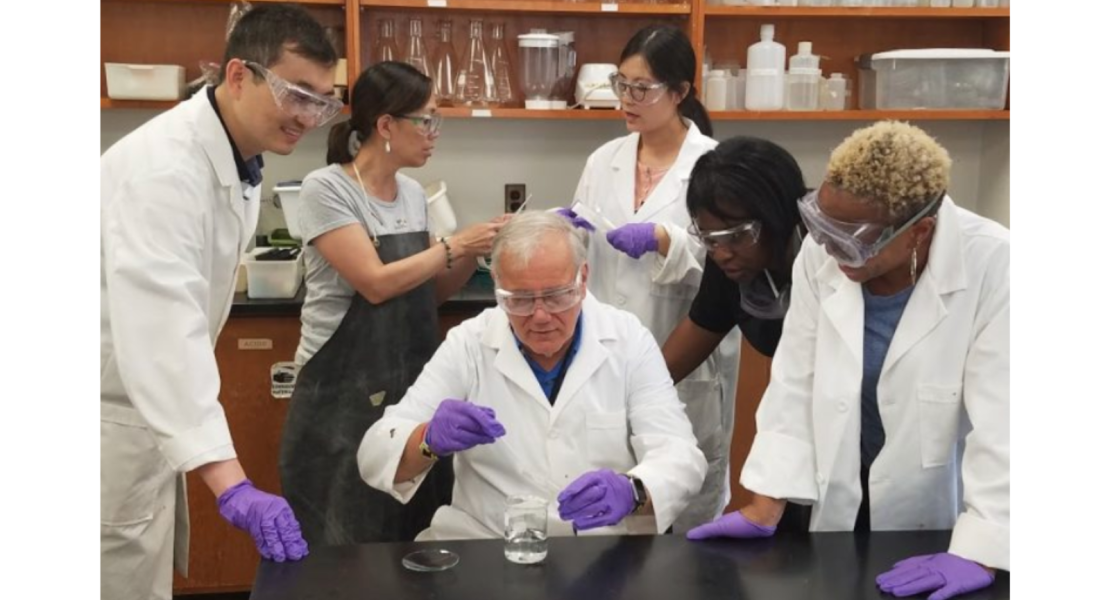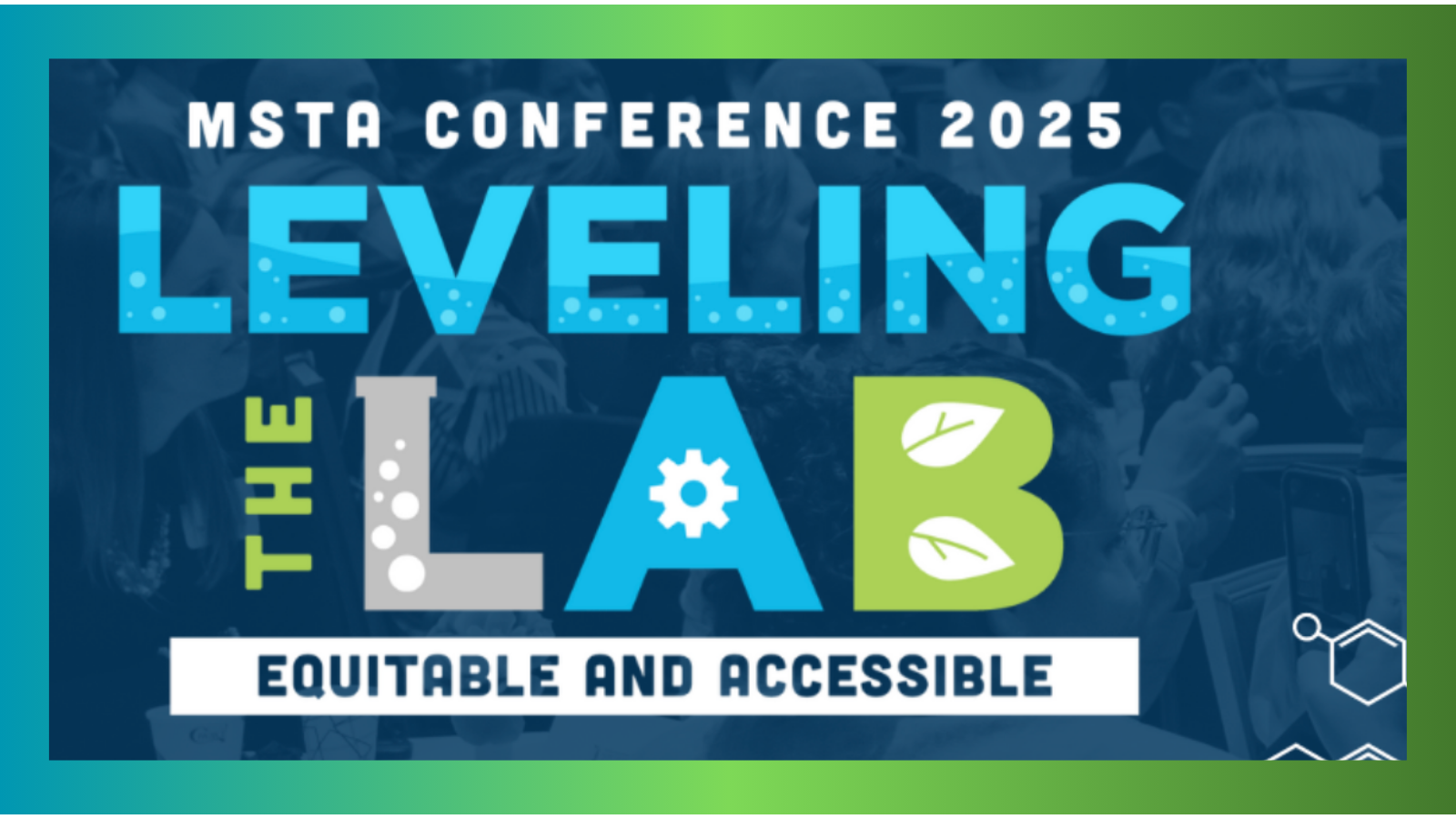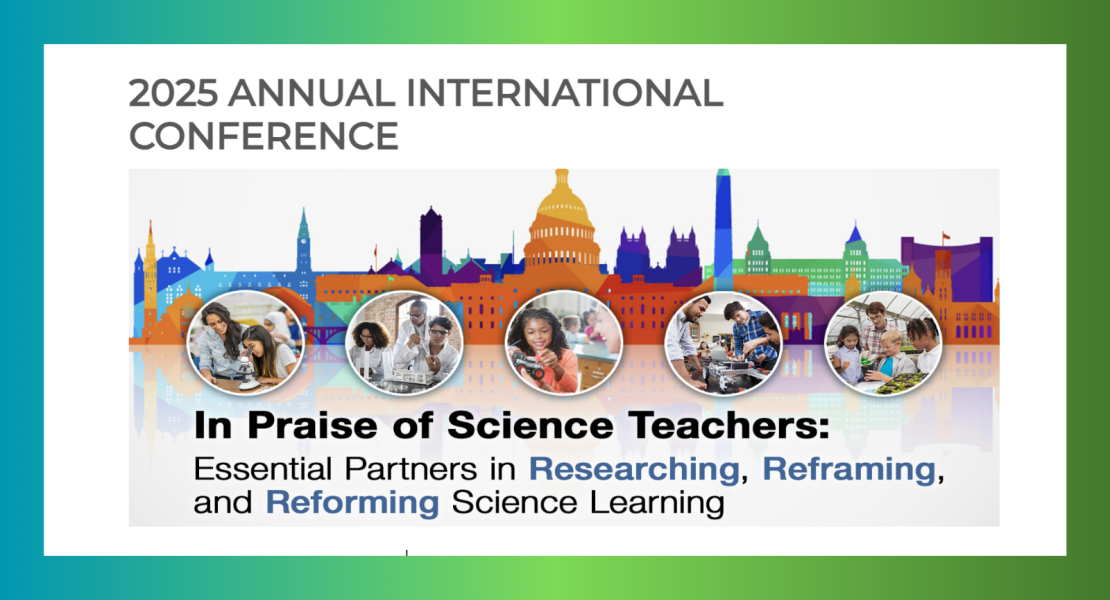Li, T., Chen, I.-C., Adah Miller, E., Miller, C. S., Schneider, B., & Krajcik, J. (2024). The relationships between elementary students' knowledge-in-use performance and their science achievement. Journal of Research in Science Teaching, 61(2), 358-418. h
Li, T., Chen, I.-C., Adah Miller, E., Miller, C. S., Schneider, B., & Krajcik, J. (2024). The relationships between elementary students' knowledge-in-use performance and their science achievement. Journal of Research in Science Teaching, 61(2), 358-418. https://doi.org/https://doi.org/10.1002/tea.21900

